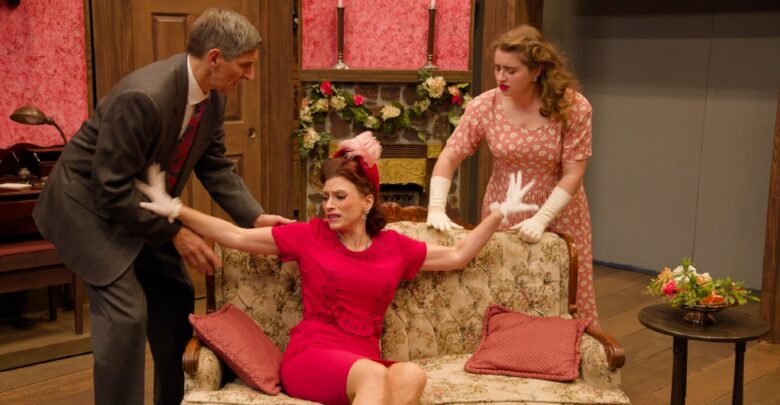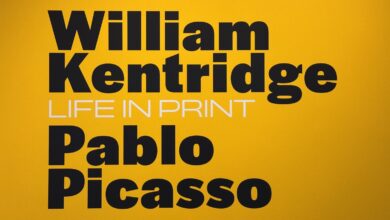Play Review: ‘Harvey’
Rebecca Bissonnette's interpretation of 'Harvey' fits perfectly in modern contexts and is masterfully done.
 Supplied
SuppliedLet’s address the white rabbit in the room — Harvey at the Walterdale Theatre. Director Rebecca Bissonnette takes a classic, old comedy and successfully relates it to modern audiences. By celebrating the characters’ unique perspectives, this play reflects contemporary themes we see today.
Written by Mary Chase in 1944, Harvey follows Elwood P. Dowd (Thomas Usher), a charismatic gentleman whose best friend is a six-foot tall rabbit named Harvey. However, Harvey is nothing but a delusion, so Elwood’s sister, Veta Louise Simmons (Samantha Beck) decides to have him committed to the nearby sanitarium. Elwood’s friendly and outgoing demeanour fools the medical staff at the sanitarium, and Veta is committed instead.
After chaos and confusion upturn the sanitarium, Dr. Lyman Sanderson (Lucas Anders) and Dr. William R. Chumley (Andrew Mecready), aided by Nurse Ruth Kelly (Sarah Gibson), realize their mistake. After Veta is eventually released, she accepts Elwood for who he is, Harvey and all. This charming play tells a sweet story of acceptance that is still valuable today.
Themes of acceptance, understanding, and patience define Harvey. Throughout the play we see these traits in all the characters as they grow. Veta’s character undergoes the most growth. She shifts from seeing Harvey as a burden to being an inseparable part of Elroy. Beck’s portrayal of Veta is nuanced, and she brings a wonderful charm to the role. Complemented nicely by an authentic and genuine performance, Usher leaves the audience feeling like they too are Elwood’s friend. Notably, the story would not have progressed as meaningfully without Gibson’s energy and fervor. The rest of the actors are no different, as this perfect casting is what made the story come to life. Most importantly, despite not having a physical prop, the actors and crew did an excellent job of making it abundantly clear when the invisible Harvey was in the room.
Overall, the production was also a success. I felt immersed in the setting, and enjoyed how they used lighting to portray Harvey’s presence, even if it was not physical. However, at times, the lighting changes felt jarring and confusing, which pulled me out of the experience. What made up for it was the excellent and purposeful set design. The set lent itself to the story — it was never the focus, and it certainly never felt obtrusive. It was enjoyable to see the set utilized by the actors and Harvey. Additionally, the sound design did a good job of framing the setting. Period-appropriate music set the scene, and sound effects like the ring of an old-fashioned telephone felt immersive.
Most importantly, through Harvey’s use of metaphor, we get a deeper understanding of perspective. While Veta and Elwood may not have seen eye-to-eye at the beginning, Veta grows to understand how Elwood’s unique perspective makes him a valuable member of their family. Even though we never physically see Harvey, the audience can clearly understand his presence and see the world through Elwood’s eyes. In a modern context, this play provides a brilliant commentary on our shifting perspectives of neurodivergence. We should celebrate the differences in ways that we see the world. Just as Veta comes to reframe Harvey’s presence to Elwood as an asset.
While it’s still debatable whether the character Harvey is real, audiences will walk away from this theatre experience knowing Harvey just as well as the characters did, and understand a new perspective.




